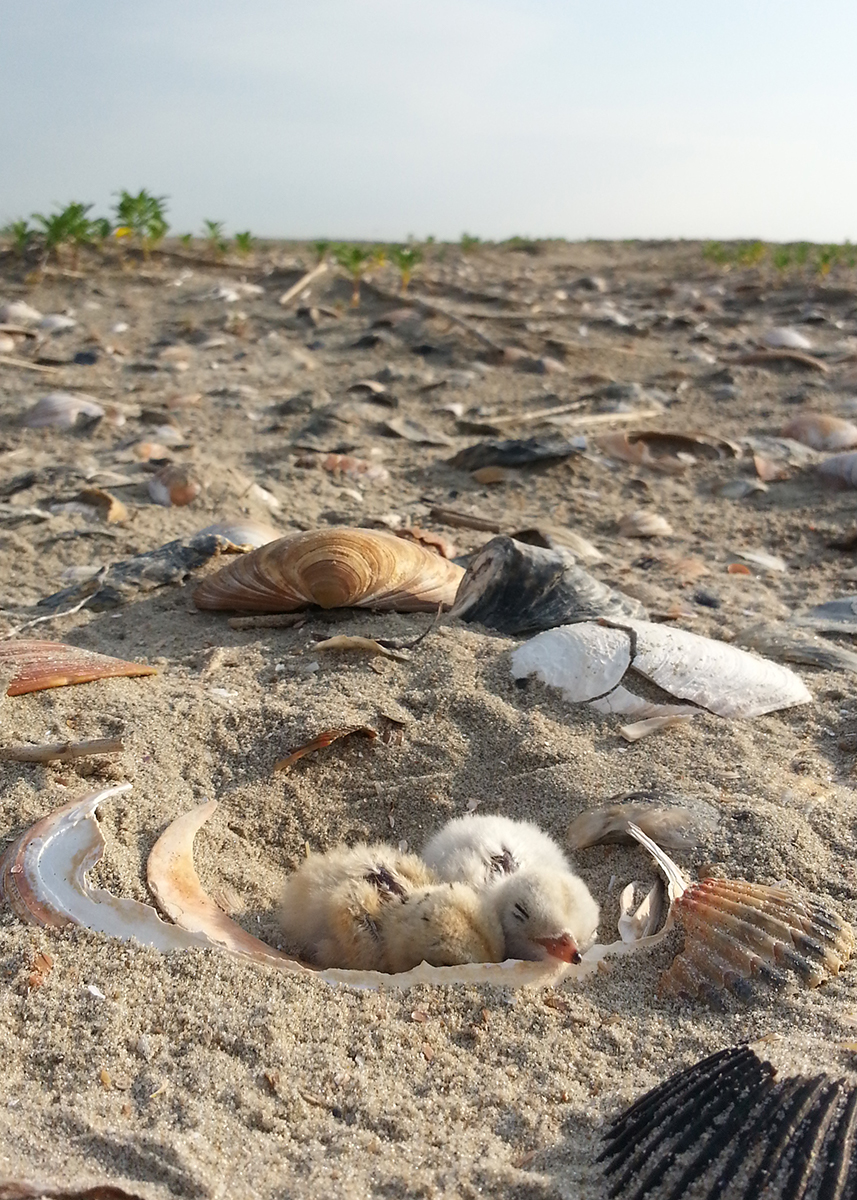Photo by Gordon Campbell | At Altitude Gallery
Metompkin Island
Owned and managed by: The Nature Conservancy Virginia Coast Reserve and the U.S. Fish and Wildlife Service Chincoteague National Wildlife Refuge.
Metompkin Island is open year-round to the public for low-impact, recreational day use, such as hiking, bird watching, surf fishing and photography. All areas above the high tide line are closed April through August. Please help protect sensitive habitats and wildlife by observing all visitation policies and seasonal restrictions.
Visiting Metompkin Island
The Seaside is a dynamic landscape with constantly shifting tides, sands and weather. Safety is a top concern when visiting this remote area with limited accessibility and services. Stay alert, come prepared and be aware of island use policies.
Open for recreational DAY use:
![]()
![]()
![]()
![]()
Prohibited at ALL times:
![]()
![]()
![]()
![]()
Seasonal restrictions (April through August):
For information about our policies, please contact:
- The Virginia Coast Reserve office at (757) 442-3049 or visit their website.
- The USFWS Chincoteague NWR at (757) 336-6122 or visit their website.
Suggested access points
Metompkin Island is most easily and safely accessed via the inlet beaches at the north (Gargatha Inlet) and south (Metompkin Inlet) ends of the island and at the middle of the island. During the bird nesting season (April – August), visitors should access the ocean beach only via the inlet beaches or roped corridors provided. Please contact The Nature Conservancy or the U.S. Fish and Wildlife Service to confirm corridor locations.
About Metompkin Island
Metompkin Island is one of Virginia’s most important coastal sites for migratory birds. During the spring and summer months in particular, the dynamic beaches and marshes support incredible numbers of nesting and migrating birds attempting to successfully raise young right here along our coast or rest and fuel up for long migratory journeys to breeding grounds north of here. Metompkin Island’s high energy sandy beaches and pristine marshes provide just what they need. The island’s close proximity to the mainland makes the island a popular destination for visitors, so managers aim to balance recreational use with the protection of sensitive habitats and wildlife. Before visiting, please familiarize yourself with site use policies and seasonal restrictions in order to help maintain this balance.
The majority of Metompkin Island is owned and managed by The Nature Conservancy Virginia Coast Reserve. The northernmost end of the island – approximately 0.6 miles – is part of Chincoteague National Wildlife Refuge and managed by the U.S. Fish and Wildlife Service. TNC and USFWS work together to coordinate management activities and visitor policies are consistent across the entire island.
Discover a Coastal Wilderness
The Atlantic coastline of Virginia’s Eastern Shore is a unique coastal wilderness that spans 70 miles from the Virginia/Maryland border to the mouth of the Chesapeake Bay. The region is characterized by vast, mostly undeveloped marshes, barrier island beaches and coastal lagoons that support globally important populations of migratory birds, are the site of intensive large scale oyster reef and eelgrass restoration projects, and provide extensive recreation opportunities in remote settings. Learn more about the natural history of this amazing coastal landscape.
OWNERSHIP AND LAND MANAGEMENT
The Nature Conservancy Virginia Coast Reserve
The Nature Conservancy is a global conservation organization dedicated to conserving the lands and waters on which all life depends. Guided by science, the Conservancy creates innovative, on-the-ground solutions to our world’s toughest challenges so that nature and people can thrive together.
The Virginia Coast Reserve (VCR) is a landscape program within the Virginia Chapter of the Conservancy that is headquartered in Nassawadox, Virginia on the Eastern Shore. VCR is made up of 14 barrier and marsh islands, extensive salt marshes and several mainland properties including the Brownsville Preserve. Programs at VCR address conservation topics on the Eastern Shore such as migratory bird conservation, marine habitat restoration, coastal resilience, land protection and outreach and education. VCR works collaboratively with federal and state partners to manage The Nature Conservancy’s properties, including the barrier islands and Brownsville Preserve, to ensure the protection of sensitive natural resources while also accommodating for low-impact visitor use.
U.S. Fish & Wildlife Service
Chincoteague National Wildlife Refuge Complex, including Chincoteague, Eastern Shore of Virginia and Fisherman Island National Wildlife Refuges, is just one of more than 560 in the National Wildlife Refuge System, administered by the U.S. Fish & Wildlife Service. The National Wildlife Refuge System is a network of lands and waters encompassing 150 million acres. These special places are managed specifically for the protection of wildlife and wildlife habitat. The Refuge System represents the most comprehensive wildlife resource management program in the world. Units of the system stretch across the United States, from northern Alaska to the Florida Keys. It also includes small islands in the Caribbean and South Pacific, as well as Marine National Monuments such as the Mariana Trench. The character of the refuges is as diverse as the nation itself and these protected lands provide habitat for more than 700 species of birds, 220 species of mammals, 250 reptile and amphibian species and more than 1,000 species of fish. More than 380 threatened or endangered plants or animals are protected on National Wildlife Refuges.
Explore Our Seaside Partners
The seaside of Virginia’s Eastern Shore is almost entirely owned and managed by non-profit, state and federal agencies. These partners share the common goal of protecting natural resources, while balancing sustainable recreational and economic use of the seaside. Learn more about our partnership.
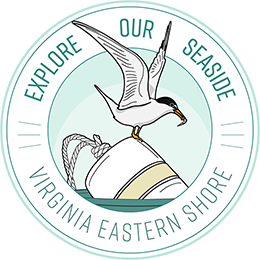

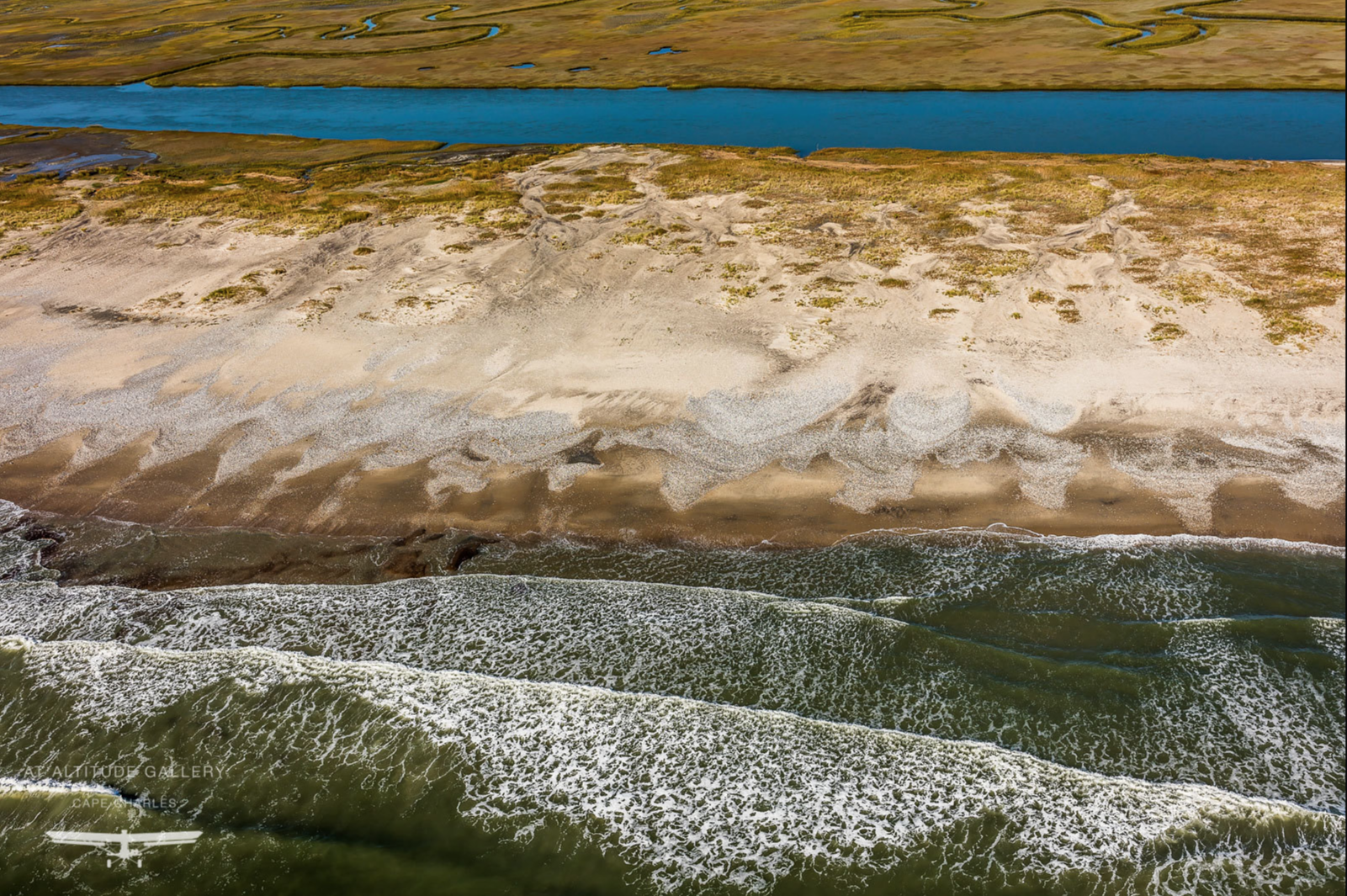
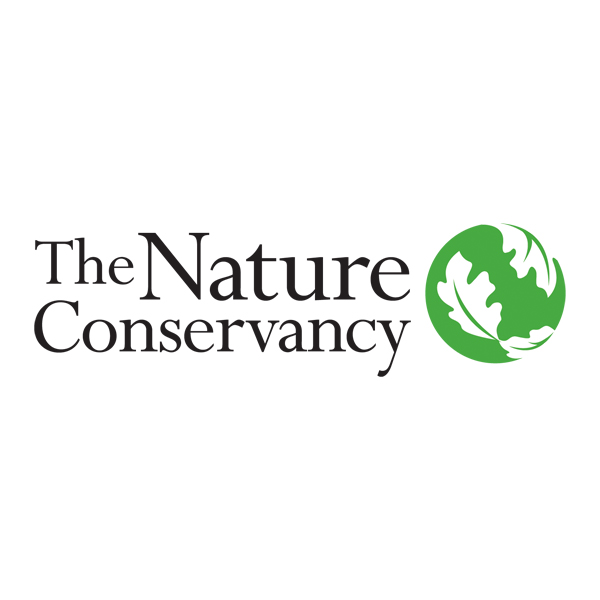

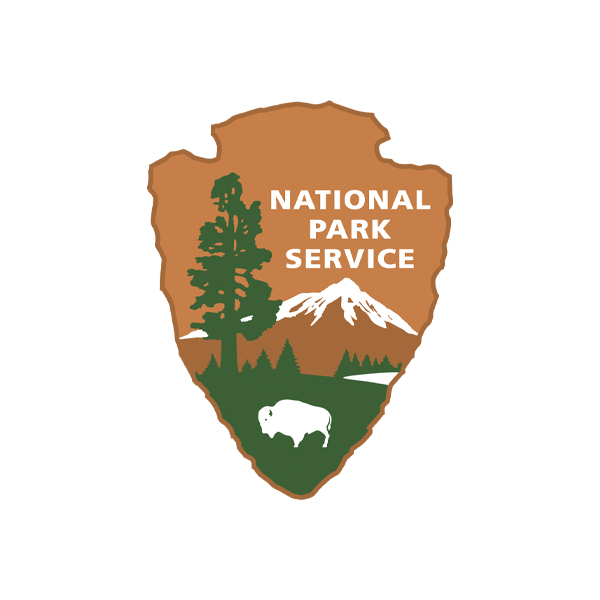

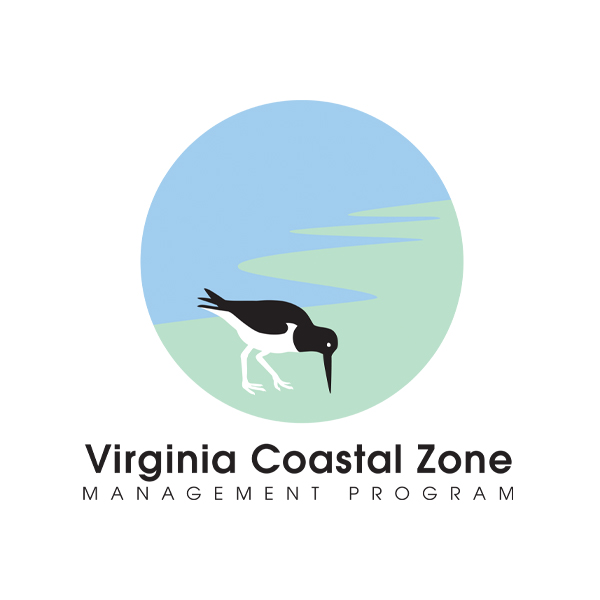
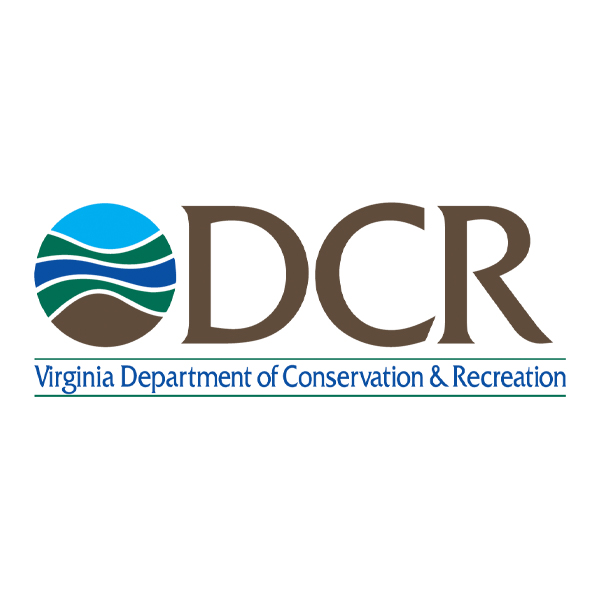
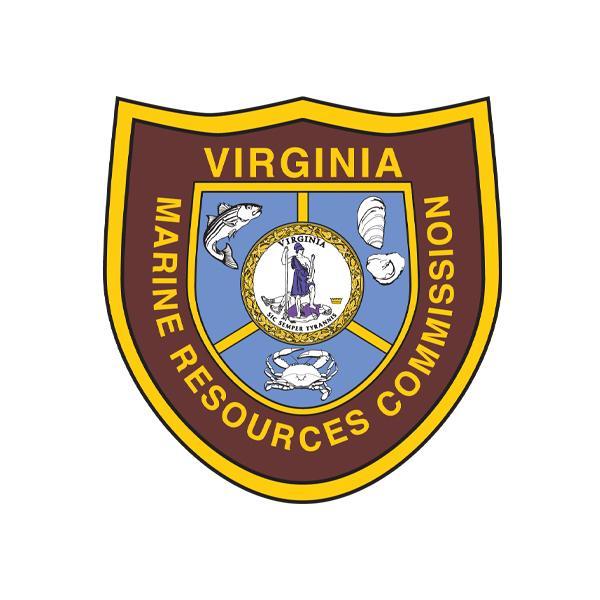
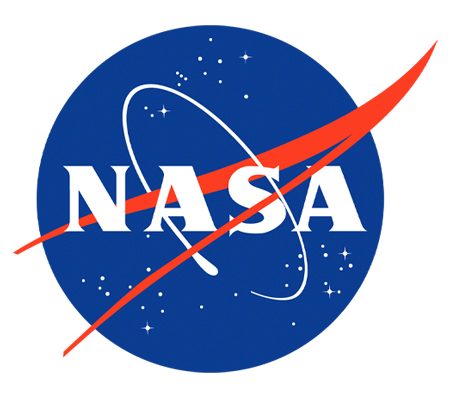
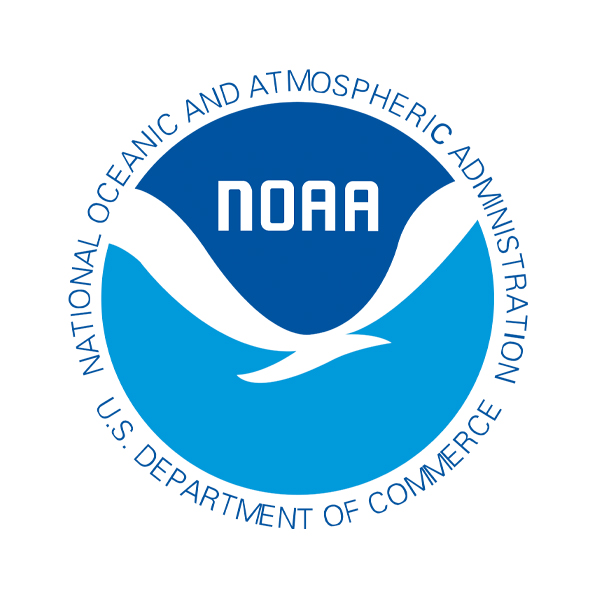

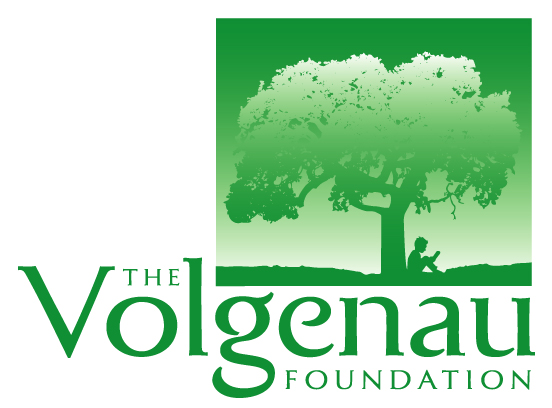 This project was funded by The Nature Conservancy with support from The Volgenau Foundation and by the Virginia Coastal Zone Management Program led by the Virginia Department of Environmental Quality through Grant #NA17NOS4190152 of the U.S. Department of Commerce, National Oceanic and Atmospheric Administration, under the Coastal Zone Management Act of 1972, as amended. All Explore Our Seaside partners also contributed significant time and effort to the project.
This project was funded by The Nature Conservancy with support from The Volgenau Foundation and by the Virginia Coastal Zone Management Program led by the Virginia Department of Environmental Quality through Grant #NA17NOS4190152 of the U.S. Department of Commerce, National Oceanic and Atmospheric Administration, under the Coastal Zone Management Act of 1972, as amended. All Explore Our Seaside partners also contributed significant time and effort to the project.